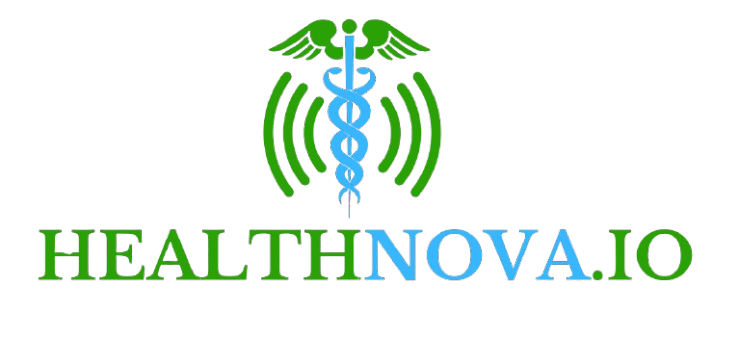Ozempic and other GLP-1 weight loss drugs have become a sensation in recent years, helping millions of people manage their blood sugar while also losing weight. But new research suggests that these popular drugs may have unexpected consequences beyond their well-known side effects, such as nausea, sulfuric burps, fatigue or stomach changes. A recent study presented at the 38th Annual Meeting of the European Society of Nuclear Medicine highlights that GLP-1 drugs can interfere with PET-CT scans, an important tool in detecting cancer and inflammatory diseases. This interference can mask serious conditions or make healthy tissue appear abnormal, delaying a potentially life-saving diagnosis or leading to unnecessary testing and treatment.
How Ozempic Works for Weight Loss
GLP-1 drugs, such as Ozempic, Wegovy, and Mounjaro, originally developed to treat type 2 diabetes, mimic natural hormones that regulate blood sugar and appetite. It helps users lose weight effectively by increasing insulin production, slowing digestion, and promoting satiety. In addition to helping you lose weight, these medications have metabolic benefits such as improved blood sugar control, reduced insulin resistance, and reduced risk of diabetes-related complications. However, the same mechanisms that make GLP-1 drugs effective also alter cellular metabolism and uptake of glucose-like tracers used in medical imaging. These unexpected interactions can create abnormal “hot spots” in PET-CT scans, confusing radiologists and potentially masking or mimicking disease.
PET-CT scan connection
A PET-CT scan combines two powerful imaging tools. PET scans show the metabolic activity of cells, while CT scans provide detailed anatomical images of organs and tissues. PET scans use a radioactive tracer called FDG, which is absorbed more by cells with higher metabolic rates, such as cancer or inflammatory cells. CT scans map the body’s physical structures, allowing doctors to pinpoint abnormalities. By combining these images, PET-CT provides a comprehensive picture that can help detect early cancers and track response to treatment. However, GLP-1 drugs such as Ozempic can alter FDG uptake patterns, resulting in abnormal tracer distributions that may result in false positives or mask real abnormalities. This can make interpretation more difficult and delay or complicate diagnosis.
Risk of misinterpreted scans
Doctors have observed that patients taking GLP-1 drugs often have altered PET-CT scan results. These changes, even if there are none, can resemble abnormal growths or inflammation and can potentially lead to unnecessary biopsies, repeat scans, or invasive procedures. Misinterpreting a scan can lead to incorrect staging of the cancer, affecting treatment plans and prognosis. The problem is becoming increasingly common, with about 12% of American adults using these drugs. Experts warn that the lack of formal guidance on interpreting scans for GLP-1 users could increase patient anxiety, lead to unavoidable medical costs and lead to dangerous delays in detecting serious diseases.Currently, researchers do not recommend stopping GLP-1 drugs before PET-CT imaging. Instead, they emphasize carefully documenting the medication history of every patient who undergoes a scan. Radiologists and clinicians are encouraged to account for the use of GLP-1 when interpreting results to avoid false positives and misdiagnosis. Strouhal and his colleagues are collaborating internationally to expand data collection across multiple imaging centers and establish evidence-based protocols. Their goal is to ensure that imaging remains a reliable tool for early disease detection by creating standardized guidelines for safely and accurately interpreting PET-CT scans in patients taking commonly used medications.
What Patients Need to Know
Patients using GLP-1 drugs should proactively inform their doctors and imaging centers about their drug treatment. Although these medications are safe and effective for weight loss and diabetes management, it is important to understand their effect on PET-CT scans. Recognizing these interactions helps doctors plan tests appropriately, interpret results correctly, and reduce unnecessary stress or procedures. Patients should continue to follow prescribed treatments while maintaining open communication with their health care providers.







































